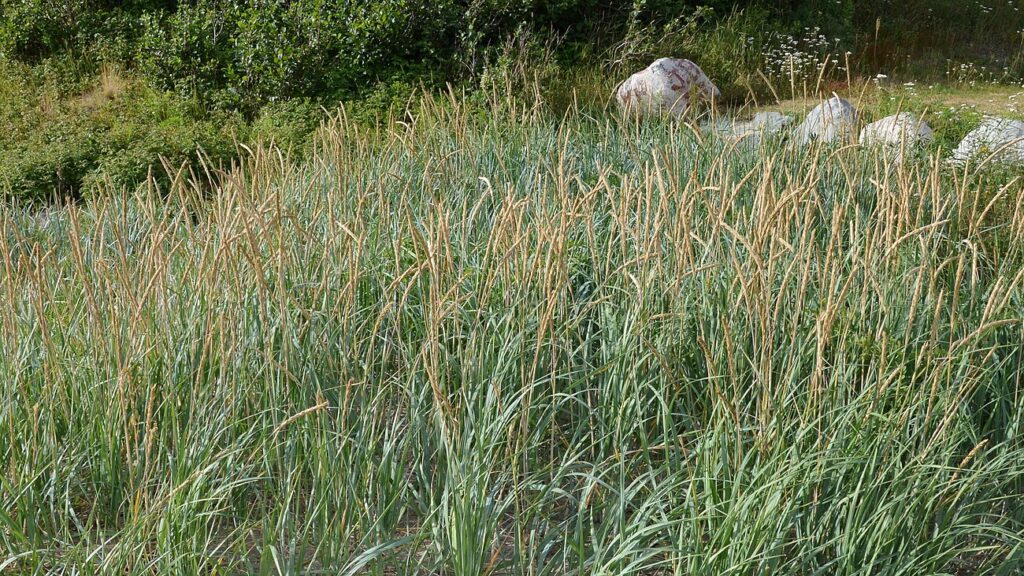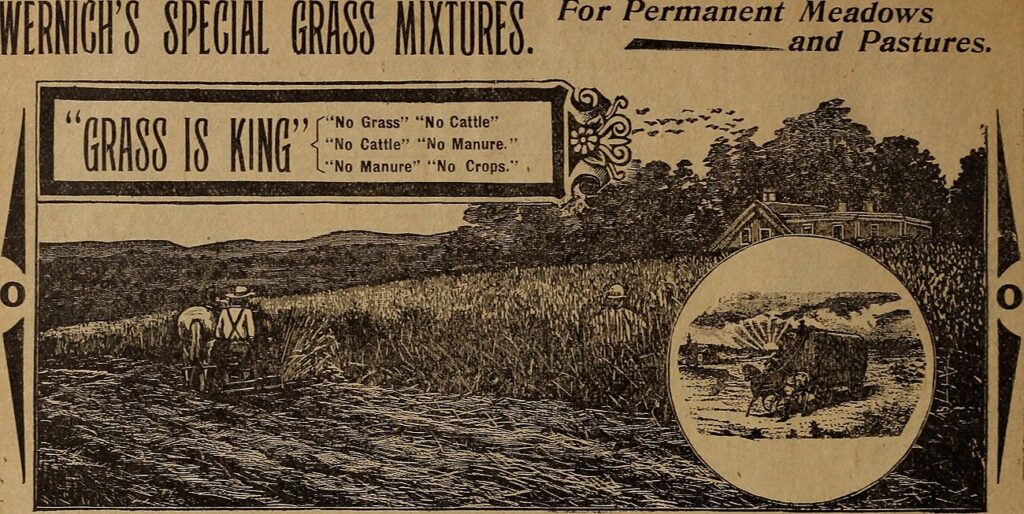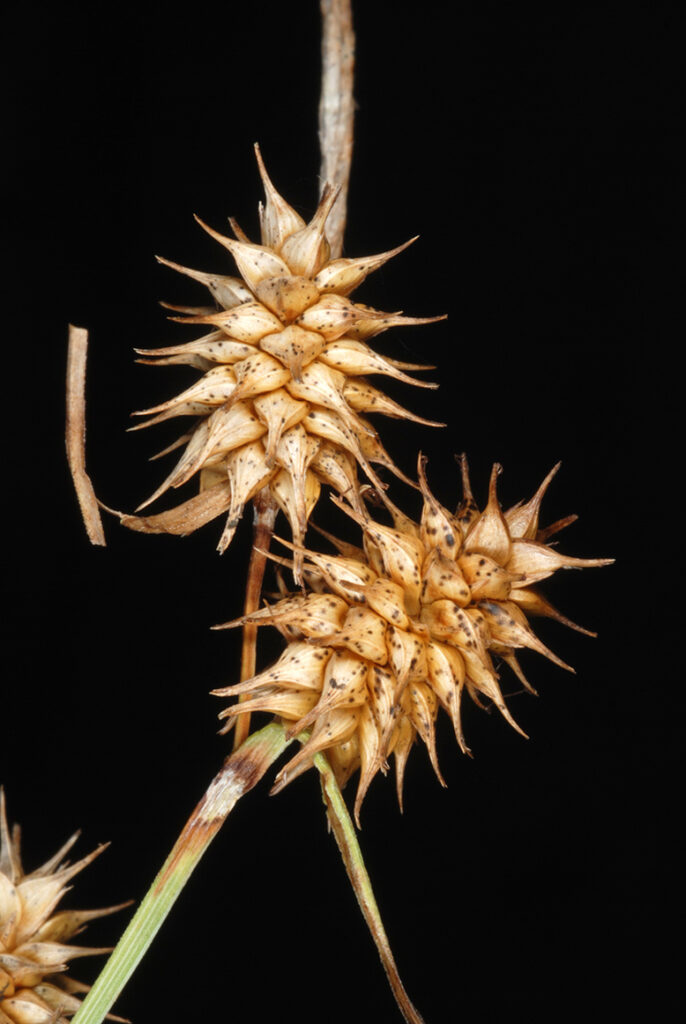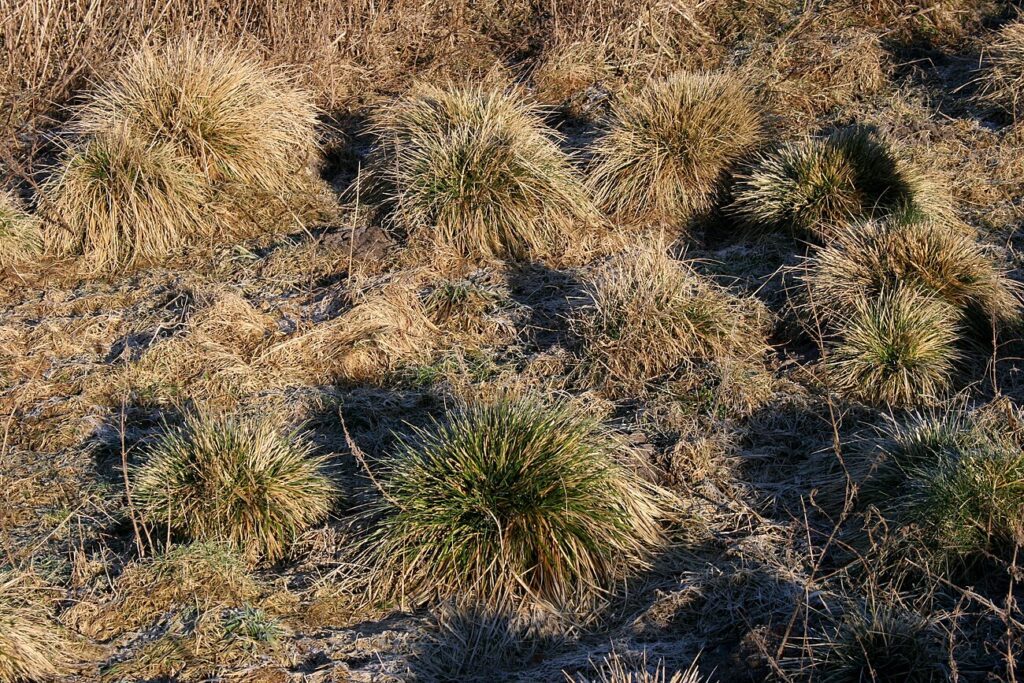Exploring Wiry Panicgrass
Scientifically recognized as Dichanthelium acuminatum and classified under Poaceae (Grass family), stands out as a distinctive Perennial grass known for its unique characteristics. While it may also be found under other Synonyms, Panicum acuminatum, Panicum dichanthelioides.withN/A form. You can use our free plant care app PlantPlants to identify Wiry Panicgrass.
Temperature
Can survive down to 15 F (-9 C) and up to 95 F (35 C)
Watering
Moderate; tolerates dry conditions once established
Fertilizing
Balanced slow-release fertilizer
Sunlight
Full sun to partial shade
Toxicity
Non-toxic



Appearance and Growth Of Wiry Panicgrass
At maturity, this species reaches approximately 1-3 feet tall, presenting Narrow, linear leaves with a smooth texture along with Loose, erect inflorescences with tiny flowers appearing in clusters, followed by Produces small seeds that are dispersed by wind. These features are supported by a reliable Fibrous root system, ensuring stability and sustained growth.
Wiry Panicgrass Origin and Habitat
Native to Native to North America, Wiry Panicgrass thrives in Preferably found in open woodlands, meadows, and occasionally in disturbed areas at elevations around Typically found at elevations from sea level up to 1,500 meters. Best suited for USDA Hardiness Zone 4 to 8. Whether grown indoor, in a curated garden or a more natural setting, its ecological requirements help maintain its vigor over time.



How to take Care of Wiry Panicgrass
Light, Soil and Watering Wiry Panicgrass.
You can use our free plant identify app PlantPlants to chose the best spot for Wiry Panicgrass, This plant prefers Full sun to partial shade and flourishes in Adaptable, but prefers sandy to loamy soils with a soil pH of about 5.5 to 7.5.
Wiry Panicgrass needs watering,Moderate; tolerates dry conditions once established, guided by PlantPlants app, You can get plants daily watering schedule. to maintain Mesic (moderate moisture), ensure steady hydration. Applying water through Deep watering preferred, especially in dry periods supports even distribution and helps prevent overwatering or dryness.
Temperature and Humidity
Wiry Panicgrass performs best within 20 F to 90 F (-6 C to 32 C). Its ideal growth occurs at around 60 F to 75 F (15 C to 24 C), though it tolerates ranges from Can survive down to 15 F (-9 C) and up to 95 F (35 C). Additionally, maintaining Moderate; tolerates a range of humidity levels encourages healthy foliage and overall plant vigor.
Fertilization & Soil Health
Feeding with Balanced slow-release fertilizer at the recommended Seasonal Application Frequency on PlantPlants App keeps nutrients balanced. Incorporating Organic matter like compost enhances soil structure and fertility, while staying alert to Poor growth, yellowing leaves helps you adjust care as needed to maintain optimal plant health.
Routine and Maintenance
Regular attention ensures this plant’s beauty and longevity. As needed in early spring to remove dead foliage for Clean cuts with shears tidies its appearance, while Every 2-3 years if grown in a container may be necessary as it grows, requiring a Increase by 1-2 inches in diameter increase and a fresh Well-draining potting mix. for Staking or Support. Generally does not require staking.
Seasonal Changes and Propagation of Wiry Panicgrass
During Late fall to early spring, growth may slow and some Leaves may turn golden in fall before dying back can occur. For those looking to propagate, consider Seed propagation or division of clumps and provide Warm temperatures (70 F to 85 F) when starting from seed. If using cuttings, follow Take cuttings in early spring; keep moist and warm until roots develop to ensure successful rooting and healthy new plants.
Pests, Diseases and Prevention
our free plant identify and care app PlantPlants can help you diagnosisWiry Panicgrass problems.Though generally robust, keep watch for Aphids, grasshoppers and remain vigilant against Leaf spot fungus. Implementing Monitoring plants, proper spacing for air circulation and applying Insecticidal soap for pests, fungicides for fungal infections as needed when issues arise will help sustain the plant thriving.
Companions and Uses of Wiry Panicgrass
This plant pairs nicely with Other native grasses, wildflowers and shows Minimal; often coexists with various species, making it a flexible choice for various Ground cover, natural gardens, erosion control.
Edible and Cultural Aspects
the Edible Parts: Seeds can be ground into a flour. Toxicty of Wiry Panicgrass, Non-toxic. learning about its Late summer; by hand or machinery, Used in traditional dishes; good for porridge, and Provides carbohydrates and some proteins can be intriguing for culinary explorers. Some traditions highlight its Historically used by Native Americans for various ailments or note its Important in traditional ecological knowledge.
Conservation and Status
With an Not evaluated, proper Protection of habitats, propagation efforts
Frequently Asked Questions
1. What is Wiry Panicgrass?
A perennial grass species native to North America known for its wiry stems.
2. Where can I find Wiry Panicgrass?
It grows in open woodlands, meadows, and disturbed areas across various regions.
3. How tall does Wiry Panicgrass grow?
It typically reaches 1 to 3 feet in height at maturity.
4. What type of soil does it prefer?
Prefers sandy to loamy soils with good drainage.
5. Is Wiry Panicgrass drought-tolerant?
Yes, it can tolerate dry conditions once established.
6. When is the best time to prune Wiry Panicgrass?
Early spring is the ideal time for pruning to remove dead foliage.
7. Can Wiry Panicgrass be grown in pots?
Yes, it can be grown in containers but requires repotting every few years.
8. How do you propagate Wiry Panicgrass?
It can be propagated through seeds or by division of clumps.
9. Is this grass edible?
Yes, its seeds can be ground into flour for consumption.
10. What are some companion plants for Wiry Panicgrass?
Other native grasses and wildflowers complement it well in a garden setting.




